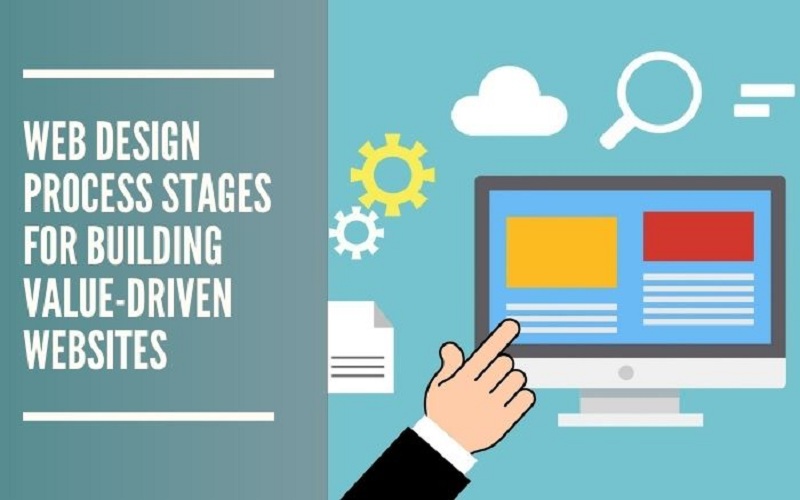The field of web design has evolved and now involves multiple stages aimed at creating user-friendly and optimized websites. Whether seeking top web design services or are a designer, it’s essential to understand the stages. In the following sections, we’ll outline the web design process to give a clearer picture of what it entails. Keep reading to learn more.
1. Discovery Phase
The discovery phase marks the beginning of the web design process. During this stage, the Calgary web design team meets with the client to clearly understand their business and the primary objectives for the website. They explore the client’s target audience, market landscape, competition, goals, and business values. This foundational stage is essential for aligning the project with the client’s vision and needs. Once the discussions are complete, the team moves on to the next phase.
2. Development Stage
In the development stage, the web design team takes the approved design and transforms it into a functional website. This involves establishing the website’s framework, organizing content, creating the layout, and developing necessary integrations. Typically, the site will be built on a development server, meaning it won’t be live yet. Throughout this stage, the design team will update the client on progress.
3. Content Stage
The content creation stage is overlooked in the web design process but plays a vital role. Developing high-quality content takes time, and a skilled web design company will effectively manage this stage. The team will create and optimize website content during the content phase to boost search visibility and improve user experience.
Effective communication with the web design company is vital through the entire web design process, as their input is vital for incorporating text on the site. Additionally, legal texts are vital for a website. It includes documents related to data protection, cookie policies, and compliance with legal regulations. Depending on the nature of the business, it may also be necessary to include policies on shipping and returns, cancellations, reservations, and more.
4. Testing Stage
The testing stage ensures the website is bugs-free and all elements function correctly. The team will test buttons, forms, and links to ensure optimal functionality. Any issues will be addressed before the website goes live. Additionally, the team will check the website responsiveness and design across various devices, ensuring it reaches the broadest possible audience, regardless of the device used.
5. Launch and Maintenance Stage
The final stage focuses on launching your website and ensuring its ongoing maintenance. This involves hosting your website, registering the domain name, and installing necessary plugins. Once the site is live, continuous maintenance and support become crucial. A reputable web design company will offer ongoing assistance to keep your website performing optimally.
Conclusion
Web design services encompass several stages to ensure final product aligns with the client’s goals and target audience. Each stage, from planning and strategy to content creation and testing, is essential for a successful website. The planning phase establishes a solid foundation, while the design stage crafts an attractive and practical user experience. The development and launch stages provide the practical framework for bringing the website to life. Understanding these stages can enhance communication with your designer and help you achieve the website you envision.

